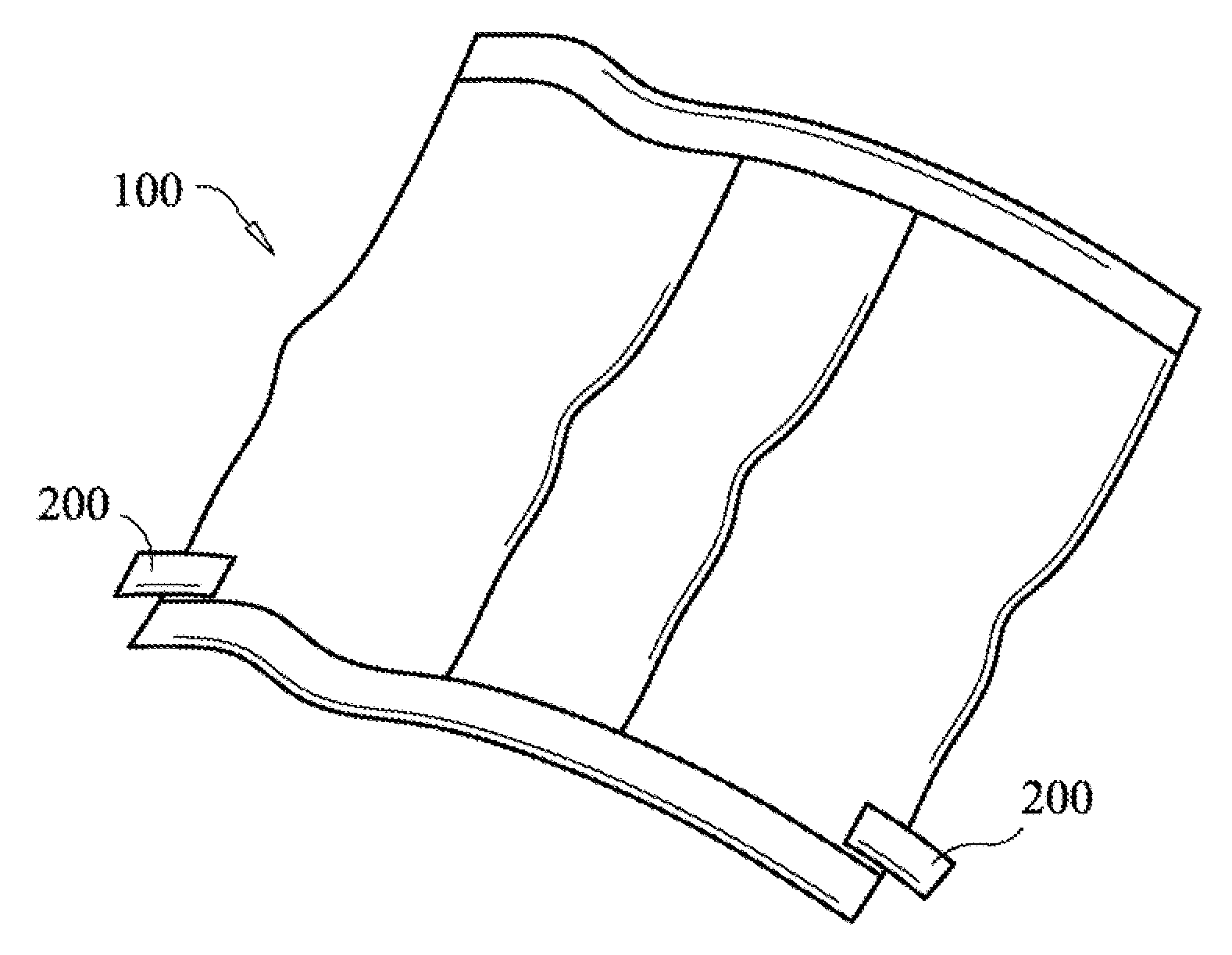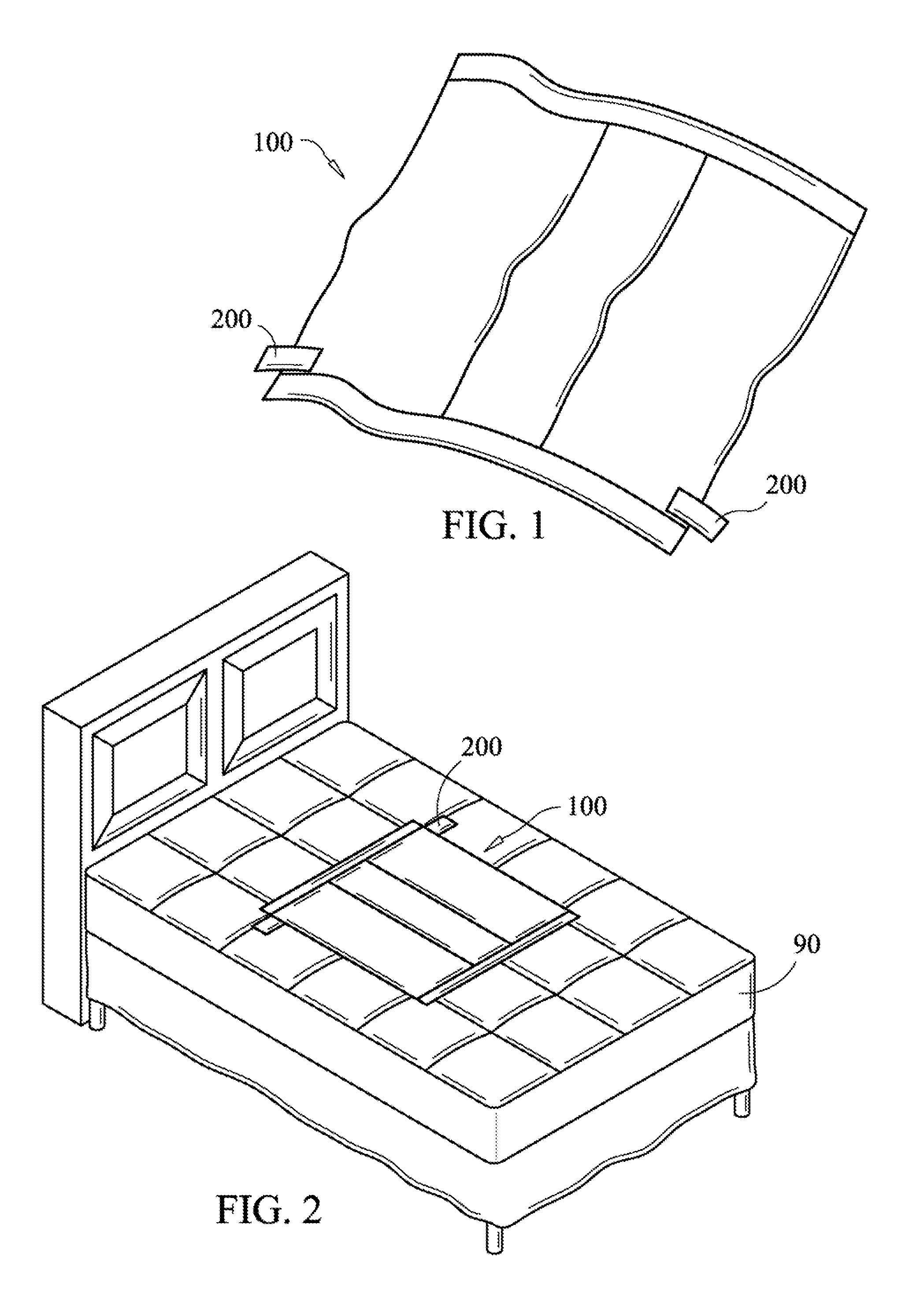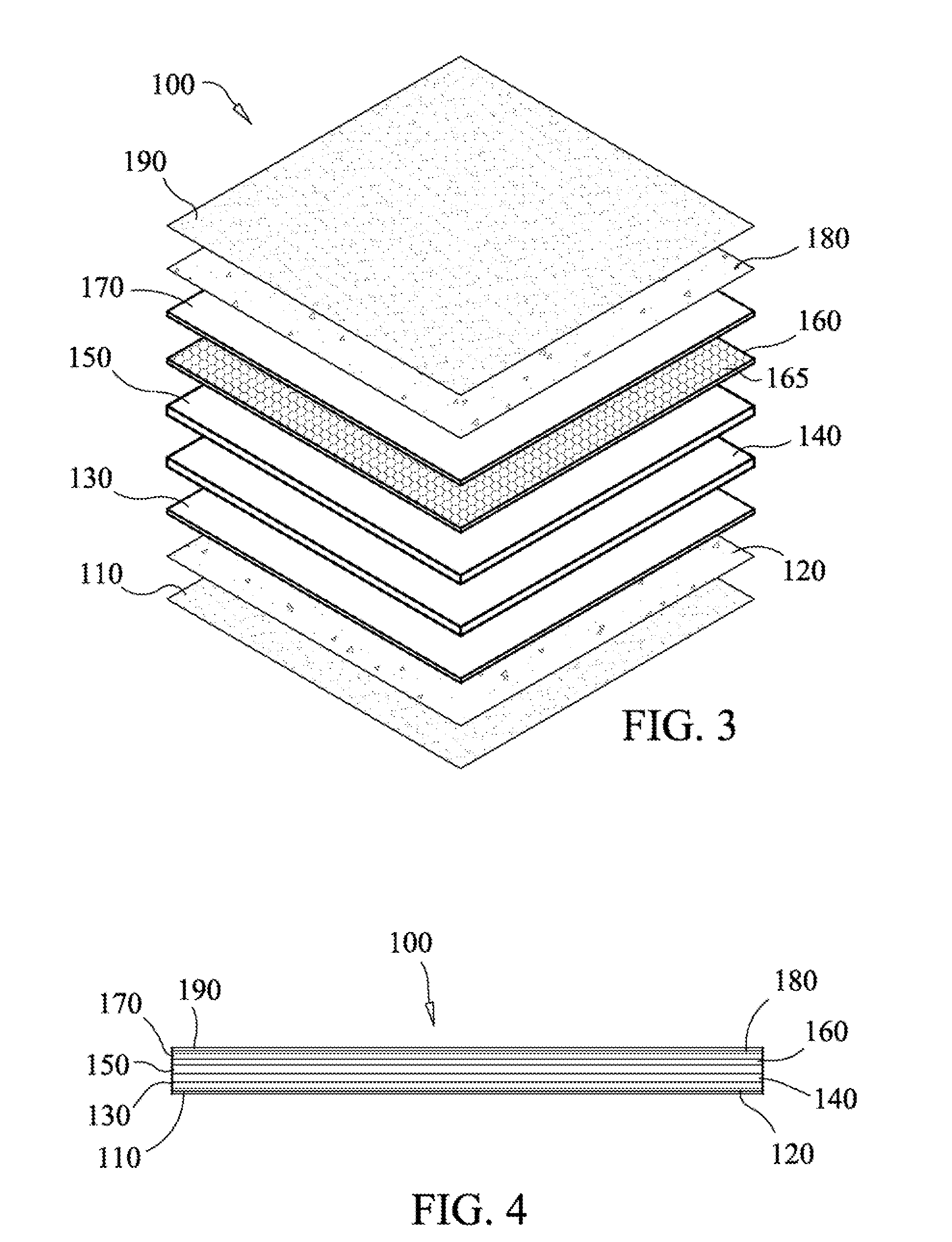Disposable multilayered low friction double lubricated bed pad
a multi-layer, lubricating technology, applied in the field of low friction bed pads, can solve the problems of increasing the cost of health care, increasing life expectancy, and beginning to reach catastrophic proportions, and achieve the effect of reducing or preventing bedsores
- Summary
- Abstract
- Description
- Claims
- Application Information
AI Technical Summary
Benefits of technology
Problems solved by technology
Method used
Image
Examples
Embodiment Construction
[0030]While this invention is susceptible of embodiments in many different forms, there are shown in the drawings and will herein be described in detail, preferred embodiments of the invention with the understanding that the present disclosure is to be considered as an exemplification of the principles of the invention and is not intended to limit the broad aspect of the invention to the embodiments illustrated.
[0031]The present invention is a disposable multilayered low friction double lubricated pad for preventing and treating bedsores on a person's body and for managing discharged body fluids. FIG. 1 is a perspective view of a pad according to the present invention. FIG. 2 is a perspective view of a pad according to the present invention installed on a bed. FIG. 3 is an exploded view of a pad according to the present invention showing the layers that make up the pad. FIG. 4 is a sectional side view of a pad according to the present invention showing the layers that make up the pa...
PUM
 Login to View More
Login to View More Abstract
Description
Claims
Application Information
 Login to View More
Login to View More - R&D
- Intellectual Property
- Life Sciences
- Materials
- Tech Scout
- Unparalleled Data Quality
- Higher Quality Content
- 60% Fewer Hallucinations
Browse by: Latest US Patents, China's latest patents, Technical Efficacy Thesaurus, Application Domain, Technology Topic, Popular Technical Reports.
© 2025 PatSnap. All rights reserved.Legal|Privacy policy|Modern Slavery Act Transparency Statement|Sitemap|About US| Contact US: help@patsnap.com



